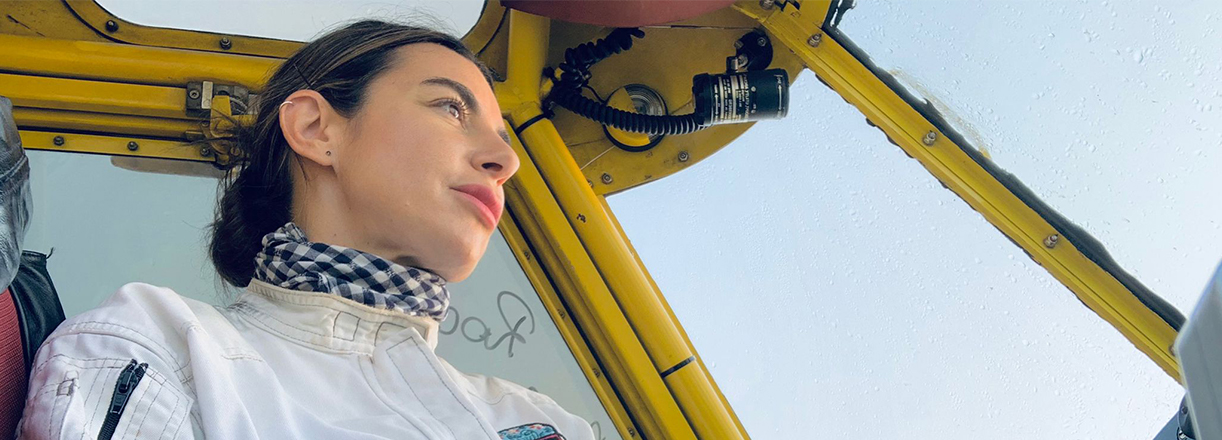
How many landings in a day?
Ag pilots are some of the most hard-working folks we know.

Providing stability to sustain the industry through seasons of change.
We exist to maximize potential and minimize risk for all involved in agricultural aviation.

An overwhelming sense of passion for agricultural aviation exudes from Juliana Torchetti every time she speaks. Her career in aviation began in 2007. She was a flight instructor in Brazil and then began flying a Boeing 737 and a Boeing 727 for approximately four years. Witnessing aerial firefighting for the first time inspired her intrigue for agricultural aircraft, where, in many cases, the same planes are used. Then, taking a step away from commercial airlines, she seized the opportunity to go to ag pilot school (a requirement in Brazil for agricultural pilots).
She became an aerial applicator in Brazil in 2013. Juliana flew a plethora of different crops including sugar cane, corn, and soybeans. Shortly after meeting her husband, she began new operations in the US in 2017 where she began spraying rice, corn, beans, vegetables, and cotton. Contrasting these two countries, she reports that the weather patterns, the type of crops and the types of training seem to be the biggest differences.
Climate and weather are exceptionally critical factors in this line of work. In the US, the peak growing seasons tend to be during the summer months while in Brazil, because the climate is greatly different, the peak growing seasons are longer, if not year-round. Fortunately, Juliana was still able to make time for a solo trip ferrying a plane from Georgia to Brazil. This is one activity she enjoys doing during her “off-season.” Challenged with an already daunting task, her biggest hurdle was flying through unexpected harsh weather, as most radar tools malfunction when flying over the ocean or jungle. Weather, windmills, power lines, and cell phone towers are obstacles that are monitored by every ag pilot when taking flight, but a trip of this distance comes with even more preparation.

As Juliana says, “It’s important to always stay focused, which can be difficult sometimes, because if you have power lines ahead and then a bird hits your wing, you’re going to want to look over and make sure your airplane isn’t damaged and the next thing you know the power lines are right in front of you.” There has been increasing development of technology and training for this industry, in particular safety standards, for this very reason. The hope is always to reduce the risk for pilots further.
A piece of advice Juliana leaves for future ag pilots, “Take your time. Before you try to be the best pilot, be the safest pilot, because the safest pilot is the best.”
Juliana’s career success speaks for itself, but what speaks to her passion is her plans for after retirement. As she states, “I want to live on a small farm, and maybe have a small plane for flying for fun. I want to be a pilot until my last day on this Earth, and being an ag pilot is my passion.” She also states that she must try aerial firefighting once before she retires. Of course, pilots never fully retire from this industry as their love for the job carries on.
Share on
Credits
Madison Gil is a Broadcast Journalism student at the Metropolitan State University of Denver.
International team members came together to work on business development in Brazil.
Attending is part of our efforts to stay familiar with the most recent trends and developments in aviation technology.
International team members came together to work on business development in Brazil.
Attending is part of our efforts to stay familiar with the most recent...
WOULD YOU LIKE TO BE PART OF THE AERIAL APPLICATION REVOLUTION?
WOULD YOU LIKE TO BE PART OF THE AERIAL APPLICATION REVOLUTION?
WOULD YOU LIKE TO BE PART OF THE AERIAL APPLICATION REVOLUTION?
Something isn’t Clear?
Do not hesitate to contact us and we will be happy to help you and our cooperation!